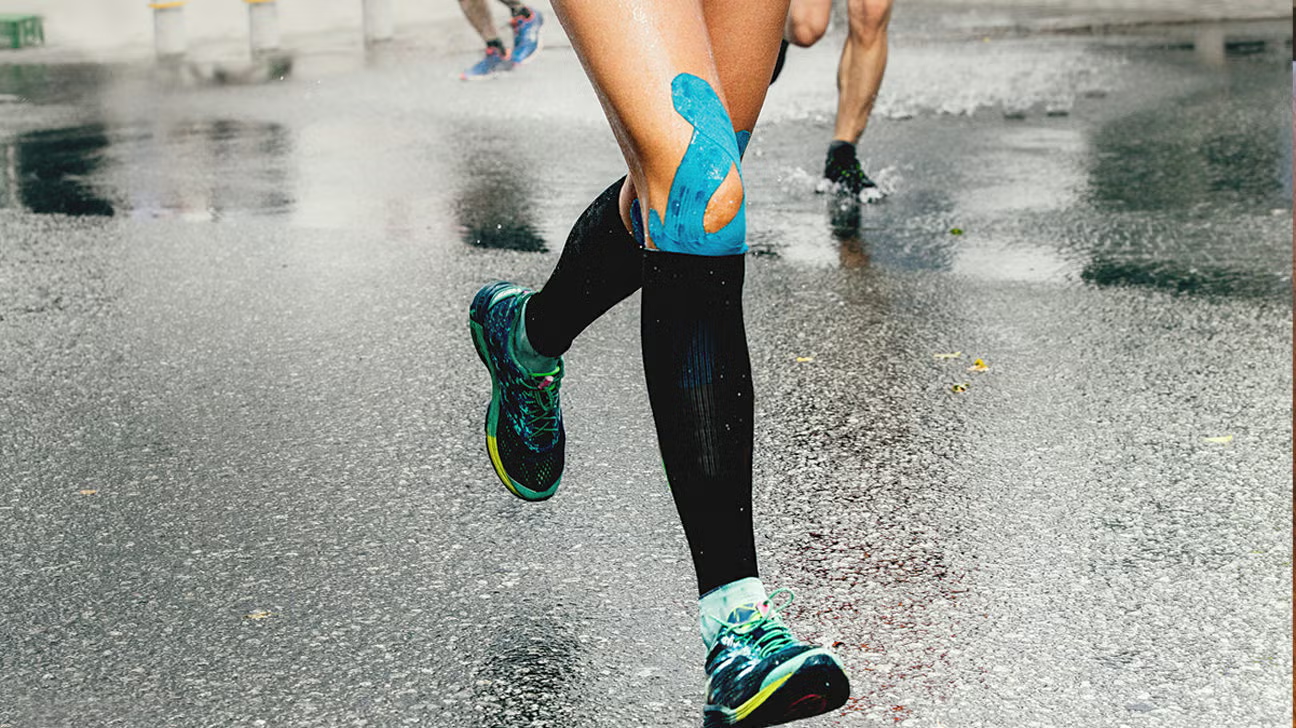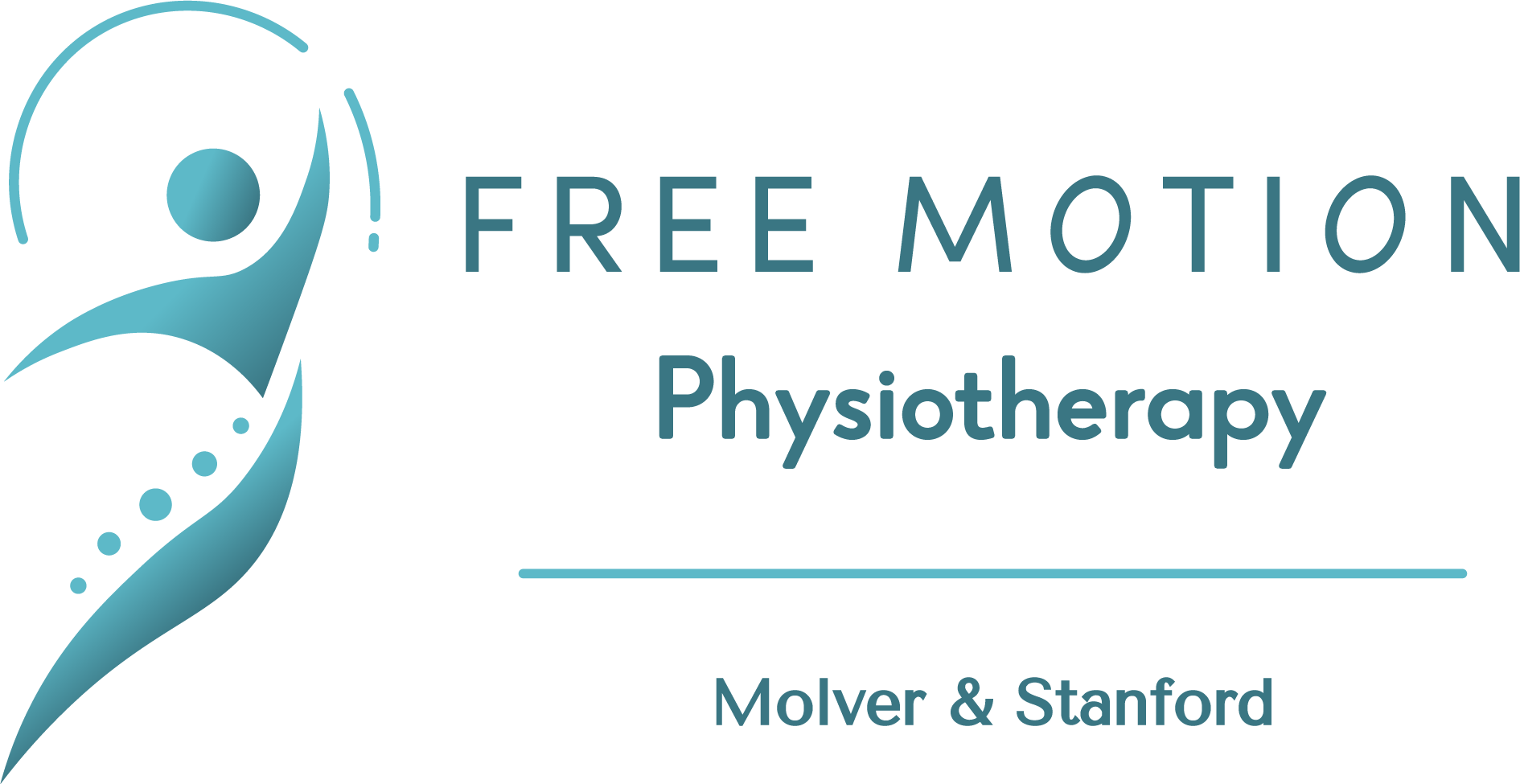When to rest, and when to move after an injury
“Just rest.” How many times have you heard this advice after an injury, flare-up, or when struggling with body aches and niggles? And while rest can definitely be helpful, it’s not always the magic fix it’s made out to be. We believe in listening to your body, not stopping movement completely.

What is the problem with rest alone?
When you stop moving altogether, a few things can happen in your body:
- Muscles start to lose their strength
- Joints stiffen up
- Fear of moving intensifies
- It can actually take longer to fully recover
And worst of all, you may start to believe your body is fragile or broken and unable to deal with movement. (Hint, it’s not and it can!)
But don’t I need to let things “heal”?
Absolutely. But according to research healing happens best and quickest with the right amount of movement. Not too much, and not too little. This is called active recovery.
This could look like:
- Gentle walking or cycling
- Specific physio rehab exercises
- Mobility drills
- Pilates or stretching
The key is to do low-impact movement that feels safe, the goal is not to push through pain, but rather to nudge your body in the right direction of healing. Just like stagnant water, a body that never moves becomes stiff and sluggish, while movement keeps the healing process fresh and flowing.
Movement is medicine
Research shows that for most injuries like lower back pain; tendon issues and post-operative recovery movement speeds up healing.
Movement can:
- Boost blood flow to injured area
- Support tissue repair and collagen remodelling (to make sure the tissue comes back stronger than before the injury)
- Help to alleviate pain by calming the nervous system
- Improves your mood and confidence along the healing process


Our advice?
Don’t allow pain to stop you completely.
Instead:
- Move (frequently) within your comfort zone
- Start small and progress gradually
- Get guidance from a physiotherapist if you’re unsure what is good and safe movement for you- especially if there was a specific incident where you got hurt.
- Movement should feel like progress, not punishment. A little discomfort is okay, but sharp pain that knocks your confidence or lingers beyond 24-48 hours after activity is a sign to dial it back.
Rest is an essential part of recovery, but it’s not the whole picture. If you’re unsure what type of movement is safe or where to start, Free Motion Physiotherapy can guide you with a plan tailored to your needs.
Let’s move together. Let’s move smarter!
Book your Free Motion Physiotherapy session
More

Is your body waving a red flag? How to detect overuse injuries
Have you ever had a small ache that started during a run or workout? At first you can ignore it

Strapping Up: How Taping can Boost Your Body’s Proprioception in Sport
We have all seen sports matches or competitions with athletes strapped up over a variety of joints. Many people think

Too flexible for your own good? How hypermobility can lead to injury.
If you’ve ever impressed your friends by twisting your thumb back to your forearm or going into a split without
